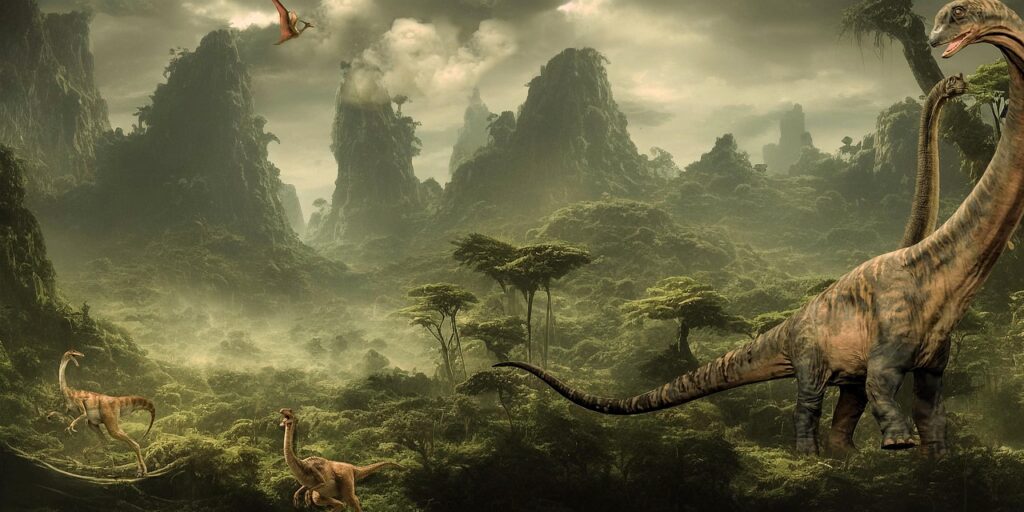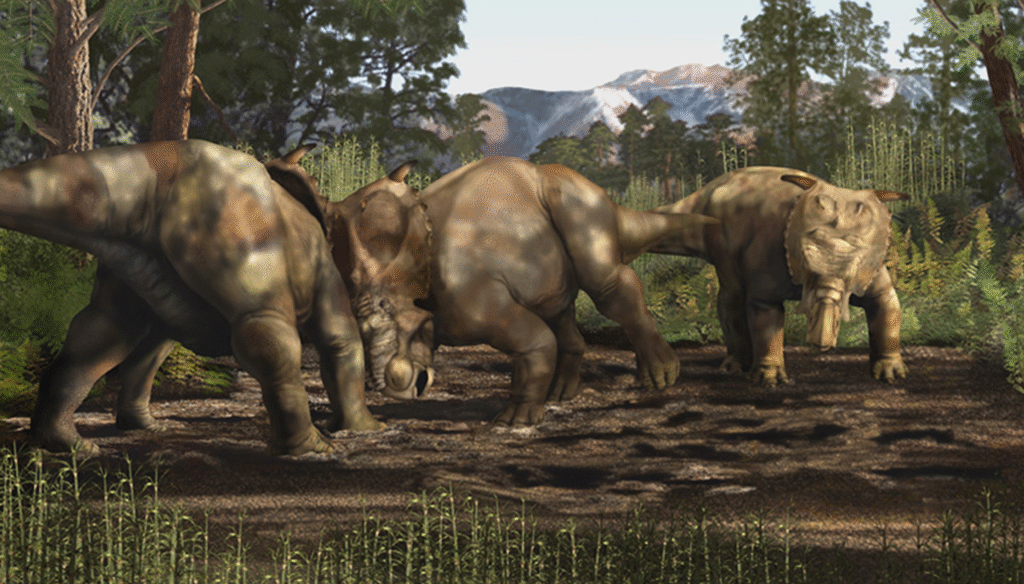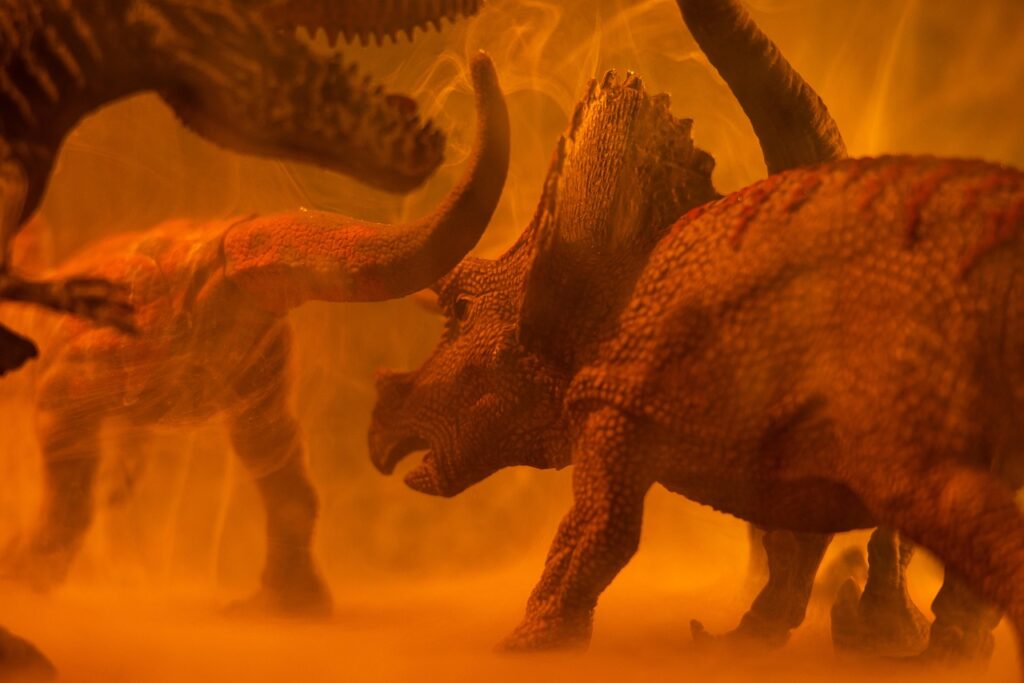The Cretaceous Period wasn’t just another chapter in Earth’s story – it was the moment our planet transformed into something resembling paradise. Imagine walking through lush forests where dinosaurs roamed beneath flowering trees, where the air was thick with the scent of blooming magnolias, and where tiny mammals scurried through undergrowth while pterosaurs soared overhead. This wasn’t science fiction – this was Earth between 145 and 66 million years ago, during what scientists now recognize as the most revolutionary period in the history of life on land.
The Dawn of a Floral Revolution

The Cretaceous Period marked one of the most dramatic transformations in Earth’s history with the first appearance of flowering plants around 125 million years ago. These weren’t just any plants – they were the ancestors of nearly everything we recognize as beautiful in nature today. The flowering plants first radiated in the middle Cretaceous, about 100 million years ago, creating what paleobotanists describe as the great angiosperm radiation.
What makes this period so remarkable is the speed at which these changes occurred. Charles Darwin called the sudden appearance of flowering plants in the fossil record an “abominable mystery” because evolution typically works much more slowly. Yet during the Cretaceous, Earth witnessed an explosion of botanical diversity that would make modern rainforests seem modest by comparison.
A World Without Winter’s Bite
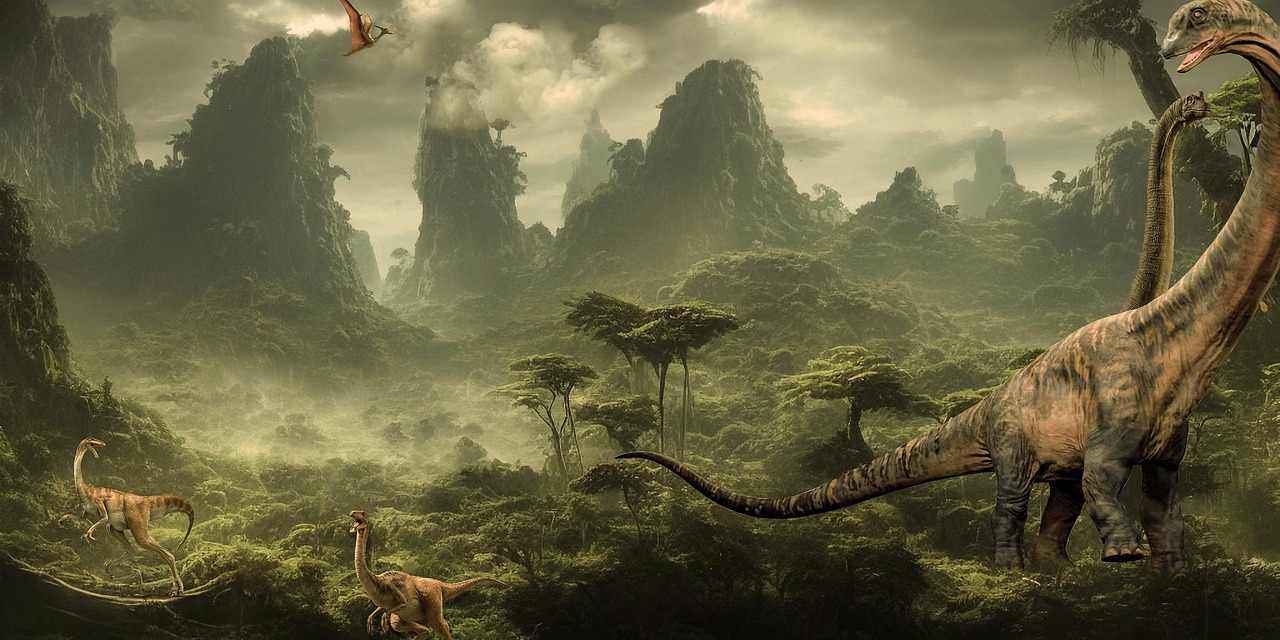
The climate during the Cretaceous was so perfect it’s often called a greenhouse world. Atmospheric CO2 levels reached as high as about 2,000 ppmv, average temperatures were roughly 5°C–10°C higher than today, and sea levels were 50–100 meters higher. This created conditions where the polar regions were free of continental ice sheets, their land instead covered by forest.
Think about that for a moment – there were forests at the North and South Poles. Dinosaurs roamed Antarctica, even with its long winter night. The temperature difference between the equator and the poles was roughly half what it is today, creating a remarkably stable and warm global climate. This wasn’t just warmer weather – it was a fundamentally different kind of Earth.
The Birth of Modern Insects

At about the same time, many modern groups of insects were beginning to diversify, including the oldest known ants and butterflies, and the evolution of the eusocial bee, which was integral to the ecology and evolution of flowering plants. The timing wasn’t coincidental – these insects and the new flowering plants were evolving together in one of nature’s most successful partnerships.
Due to the appearance of flowering plants, many modern groups of insects appeared and began to diversify, including ants, termites, bees, butterflies, aphids, and grasshoppers. This explosion of insect diversity created the foundation for the complex ecosystems we know today. It was like nature was conducting a grand experiment in cooperation and mutual benefit.
The Coevolution Dance

The relationship between flowering plants and their insect pollinators during the Cretaceous represents one of evolution’s greatest success stories. Plants developed mutualistic relationships with insects, and as plants and their pollinators coevolved, flowers began to develop traits that attracted specific pollinators, such as vibrant colors, enticing scents, and nectar rewards.
The two groups have coevolved for over 100 million years, and all the major clades of bees first appeared between the middle and late Cretaceous, simultaneously with the adaptive radiation of the eudicots and at the time when the angiosperms became the world’s dominant plants on land. This wasn’t just evolution – it was a carefully choreographed dance that transformed the planet.
Continental Drift Creates Paradise

The breakup of the supercontinent Pangaea played a crucial role in creating Cretaceous paradise. By the beginning of the Cretaceous, Pangea was already rifting apart, and by the mid-Cretaceous, it had split into several smaller continents, creating large-scale geographic isolation and causing divergence in evolution. This continental separation created diverse environments and climatic conditions that fostered incredible biodiversity.
The KTR was enabled by the dispersed positions of the continents and the formation of new oceans during the Cretaceous, which enhanced the hydrological cycle and promoted the expansion of temperate climatic zones, fuelling radiations of angiosperms. Picture a world where every continent was developing its own unique Eden, each with specialized plants and animals.
Dinosaurs in Their Prime
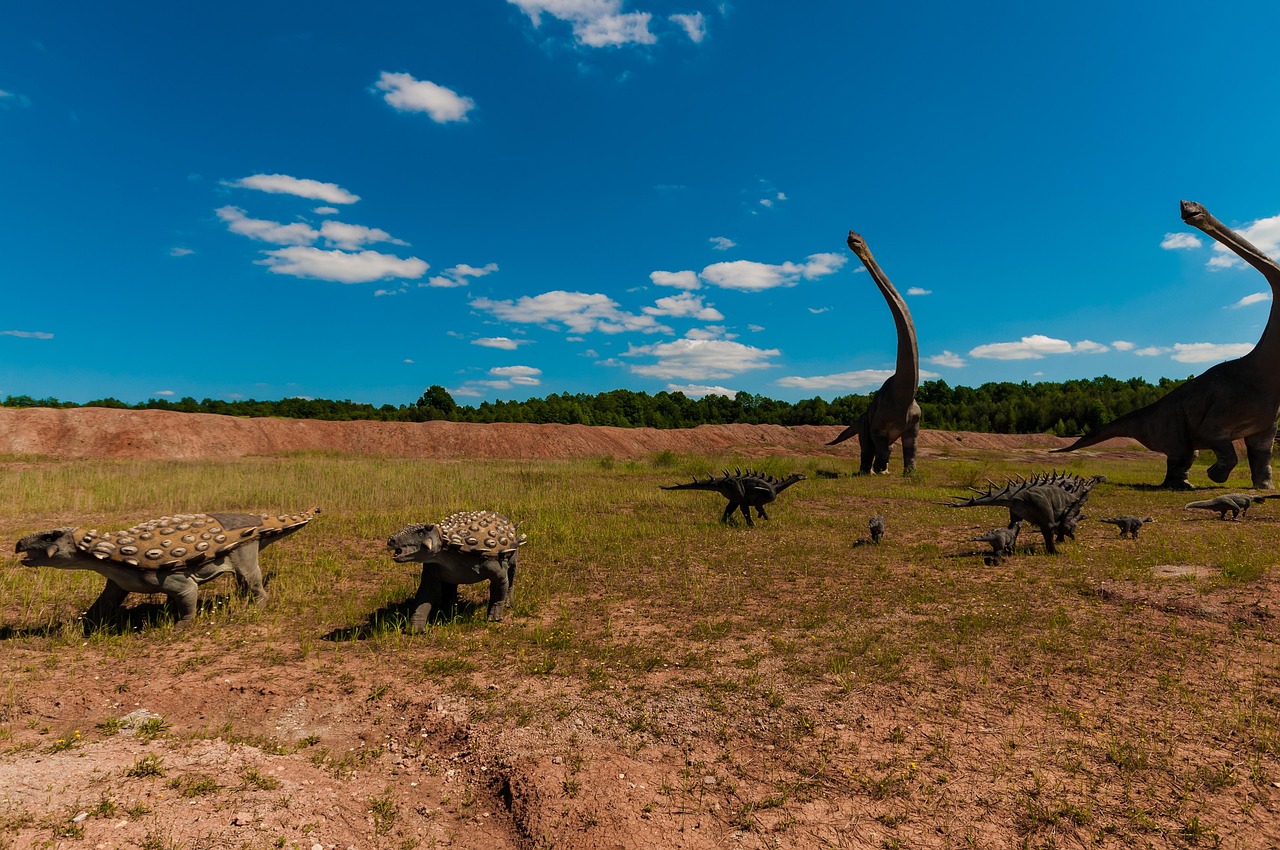
The Cretaceous wasn’t called the final act of the Age of Dinosaurs without reason – it was when these magnificent creatures reached their absolute peak. The Cretaceous is usually noted for being the last portion of the “Age of Dinosaurs,” and it is during the Cretaceous that the first ceratopsian and pachycepalosaurid dinosaurs appeared. These weren’t just any dinosaurs – they were some of the most spectacular creatures ever to walk the Earth.
Some of the most iconic dinosaurs that people recognize today lived during the Cretaceous, including Iguanodon, Triceratops, and Tyrannosaurus rex, along with pterosaurs including Quetzalcoatlus, one of the largest known pterosaurs. These creatures roamed through forests that would make our modern landscapes seem barren by comparison.
The Rise of Early Mammals
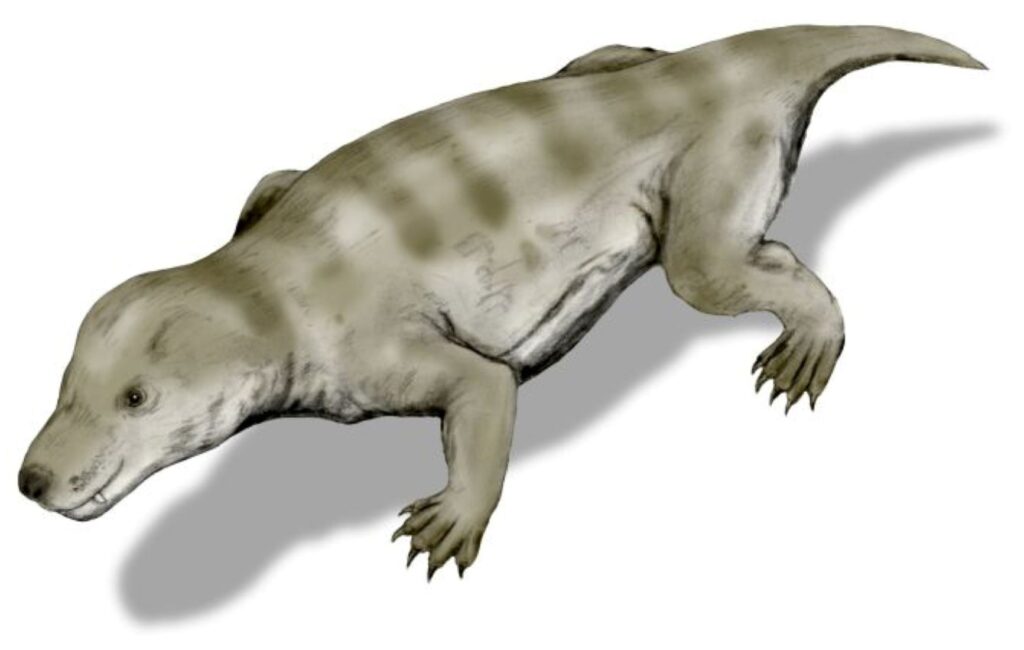
While dinosaurs dominated the headlines, something equally remarkable was happening at ground level. Although dinosaurs were the dominant animals of the period, many modern animals, including the placental mammals, made their debut during the Cretaceous. These weren’t the mammals we know today – most were small, shrew-like creatures that lived in the shadows of giants.
On land, mammals were generally small sized, but a very relevant component of the fauna, with a variety of non-marsupial metatherians and non-placental eutherians having already begun to diversify greatly, ranging as carnivores, aquatic foragers and herbivores. They were preparing for their moment, which would come after the dinosaurs’ reign ended.
Marine Gardens Beneath the Waves

The transformation wasn’t limited to land – Cretaceous oceans were equally spectacular. The Cretaceous was a period with a relatively warm climate, resulting in high eustatic sea levels that created numerous shallow inland seas populated with now-extinct marine reptiles, ammonites, and rudists. These warm, shallow seas created underwater gardens of incredible diversity.
Marine life flourished, with many groups achieving their peak abundances and diversity, and rudist mollusks built new reefs rivaling today’s coral reefs. Imagine reefs built not by corals but by giant clams, stretching across warm tropical seas that covered much of what is now dry land.
The Forest Revolution

The appearance of flowering plants didn’t just add color to the landscape – it completely revolutionized forest ecosystems. Angiosperms are thought to have radiated from the Equator and spread to either pole, and the relatively short generation time in which the angiosperms reproduce gave the flowering plants an adaptive advantage over the gymnosperms. This rapid reproduction allowed them to colonize new territories at an unprecedented rate.
Angiosperm evolution drove the diversification of life on land through ongoing evolutionary radiations providing niche opportunities and increasing the geographic extent of wet tropical biomes, benefiting fungi, liverworts, ferns, frogs, and angiosperms themselves in expanding angiosperm-dominated everwet tropical forests. The result was forests more lush and diverse than anything we see today.
The End of Paradise

All gardens of Eden must end, and the Cretaceous paradise came to an abrupt close when the K–Pg mass extinction killed off plesiosaurs and mosasaurs and devastated many species, with an estimated 75% or more of all animal and marine species on Earth vanishing. The asteroid impact that ended this period was like closing the book on the most beautiful chapter in Earth’s history.
Yet the legacy lived on. The extinction provided evolutionary opportunities, and in its wake, many groups underwent remarkable adaptive radiation, with mammals in particular diversifying in the following Paleogene Period, evolving new forms such as horses, whales, bats, and primates. The flowering plants and insects that had coevolved during the Cretaceous became the foundation for all terrestrial life that followed.
Conclusion: Why the Cretaceous Was Paradise
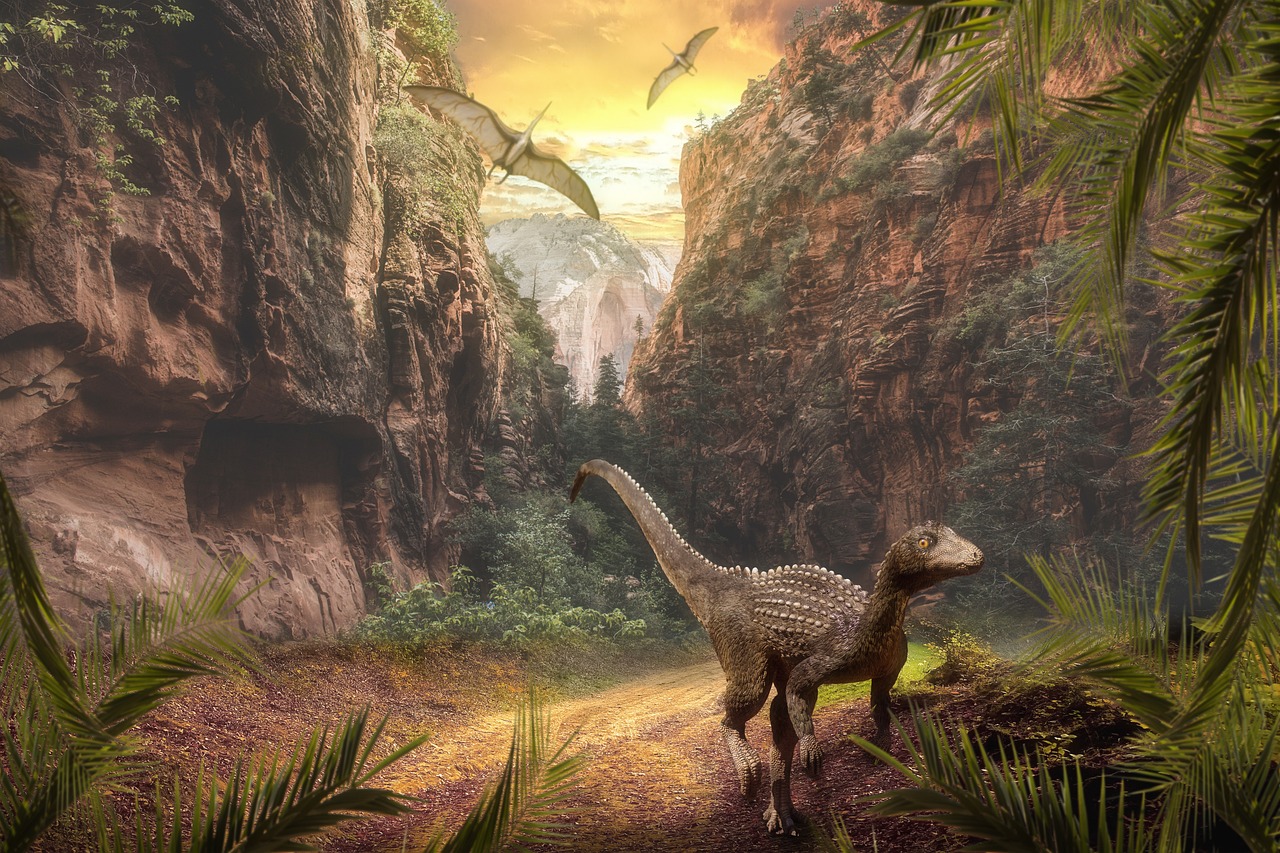
The Cretaceous Period represents the closest Earth has ever come to a true Garden of Eden. It was a time when climate, geography, and evolution aligned perfectly to create conditions of unprecedented biological abundance and diversity. The flowering plants that first bloomed during this period didn’t just add beauty to the world – they fundamentally transformed how life on Earth operates, creating the complex webs of relationships between plants, insects, and animals that sustain our modern ecosystems.
This wasn’t just another geological period – it was the moment when Earth learned how to be truly alive. The partnerships forged between flowers and their pollinators, the incredible diversity of dinosaurs, the lush forests extending to the poles, and the warm seas teeming with life all combined to create a world that was literally flowering with possibility. While we’ll never walk through those ancient forests or see Triceratops grazing beneath magnolia trees, the genetic echoes of that paradise live on in every flower that blooms and every bee that pollinates it today.
Looking at our modern world through the lens of the Cretaceous, one has to wonder: could Earth ever be that magnificent again?

